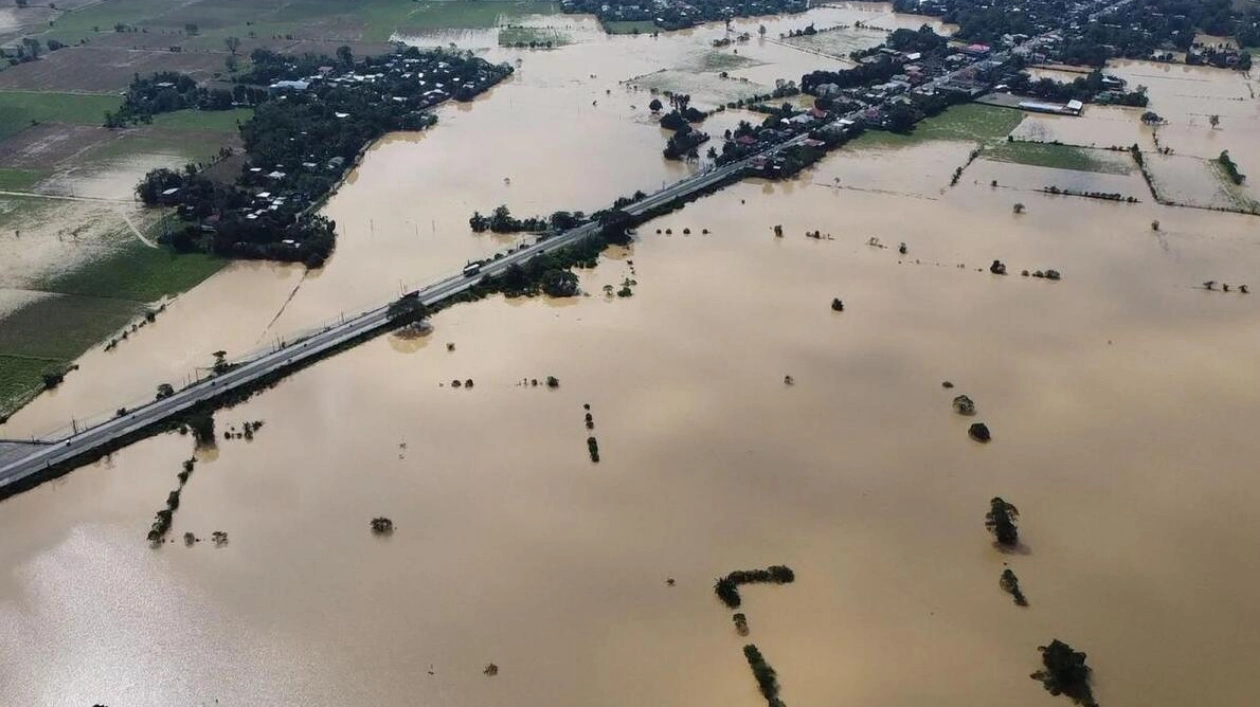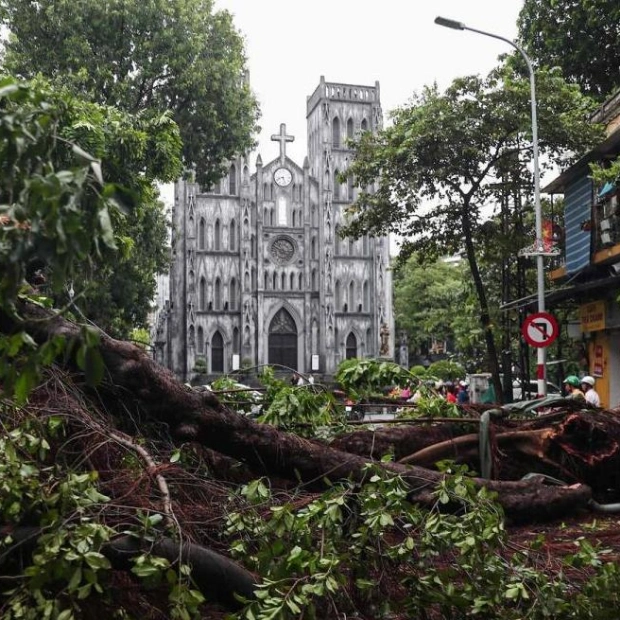A day after Typhoon Toraji struck the province on November 12, another powerful storm, Typhoon Usagi, exited the Philippines early Friday. This occurred as yet another perilous storm approached, endangering an area where numerous lives were lost due to flash floods and landslides just weeks prior, according to the weather service.
As Usagi, the fifth storm to hit the archipelago nation in three weeks, moved northward towards Taiwan, rescuers labored to assist residents stranded on rooftops in northern Luzon island. The region's livestock population suffered significant losses. The recent series of calamities has claimed at least 159 lives and prompted the United Nations to seek $32.9 million in aid for the hardest-hit areas.
On Thursday, flash floods triggered by Usagi inundated ten largely evacuated villages near the town of Gonzaga in Cagayan province. Local rescue official Edward Gaspar informed AFP via phone that several individuals who had refused to relocate to shelters were rescued from their rooftops.
Although the evacuation of over 5,000 Gonzaga residents ahead of the typhoon saved lives, two houses were washed away, and many others were damaged. The farming region's livestock industry sustained a severe blow. Gaspar noted that the exact number of hogs, cattle, and poultry lost to the floods is yet to be determined, but the losses were substantial.
Flooding uprooted trees that damaged a major bridge in Gonzaga, isolating nearby Santa Ana, a coastal town with about 36,000 residents. Cagayan officials reported that most evacuees have returned home, but some were held back to ensure their houses were safe for habitation.
By early Friday, Usagi had weakened to 120 kilometers (75 miles) per hour as it moved towards southern Taiwan, where authorities downgraded the typhoon to a tropical storm. However, the streak of violent weather was expected to persist in the central Philippines, with Severe Tropical Storm Man-yi forecast to reach coastal waters by Sunday. The weather service warned it could potentially strike near heavily populated Manila.
A UN assessment revealed that the past month's storms damaged or destroyed 207,000 houses, forcing 700,000 people to seek temporary shelter. Many families lacked essentials such as sleeping mats, hygiene kits, and cooking supplies, and had limited access to safe drinking water. Thousands of hectares of farmland were destroyed, and persistent flooding was likely to delay replanting efforts and exacerbate food supply issues.
Approximately 20 major storms and typhoons impact the Southeast Asian nation or its surrounding waters annually, resulting in numerous fatalities and keeping millions in enduring poverty. However, it is uncommon for multiple such weather events to occur within a short timeframe. The weather service attributed this phenomenon to seasonal La Nina episodes, which push warm water towards Asia, causing heavy rains and flooding in the region and drought in the southern United States.
Source link: https://www.khaleejtimes.com






